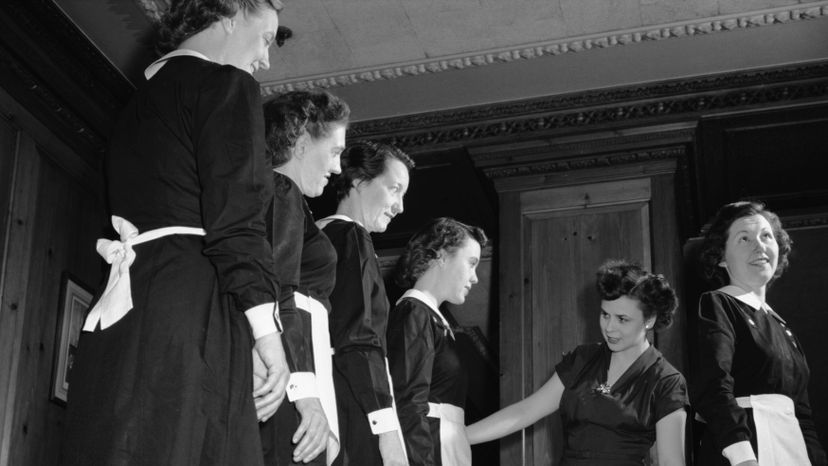History of Restaurant Inspections in America

Starting with the passage of the U.S. Constitution, the public health and welfare of Americans has largely been the responsibility of individual states. In the late 1790s, this regulatory and enforcement power was put to test with an outbreak of yellow fever, forcing authorities to quarantine the entire population of New York City, cutting off all contact with the nation's capital in Philadelphia [source: Richards].
It wasn't until the turn of the 20th century that the federal government took an interest in food safety. The catalyst was the 1905 publication of "The Jungle" by journalist Upton Sinclair, a scathing expose of the unsanitary and inhumane conditions at American slaughterhouses. Since meat from these packing plants was shipped across state lines, it fell under federal regulations. In 1906, Congress passed both the Federal Meat Inspection Act and the Pure Food and Drug Act, which were responsible for creating the Food and Drug Administration (FDA) [source: USDA].
Advertisement
In 1934, the FDA and the U.S. Public Health Service created the first "Restaurant Sanitation Program," a voluntary set of food safety regulations for restaurants that could be adopted by individual states [source: Fuchs]. The early inspection system included grade-based restaurant ratings — A, B and C — and focused on many of the same food safety concerns we see today. Handwashing and hygiene of workers were paramount, as was refrigeration of perishable foods and general cleanliness of kitchen and bathrooms. The original guidelines also included a prohibition against using cyanide-based polish to clean silverware. Smart.
That original Restaurant Sanitation Program expanded over the decades, eventually becoming known simply as the federal Food Code [source: USPHS and FDA]. Starting in 1993, the Food Code was updated and republished every two years until 2001, when the schedule was moved to every four years. The Food Code is continuously updated to reflect the latest scientific understanding of the causes of foodborne illnesses and the best industry practices for keeping restaurant-goers safe.
Today's Food Code, like the original 1934 document, is a voluntary set of regulations, not federal law. It's still up to individual states to write their own food safety rules, although most states align their regulations closely with the recommendations of the FDA.
To make things more complicated, restaurant inspections are often conducted by city or county officials, not state regulators. In those cases, it's the local health authorities who write and enforce their own food safety regulations. In Denver, for example, the city is actually older than the state, and it governs itself under the law of "home rule." Food safety regulations are written into Denver's municipal code, but they are updated every few years to closely follow state laws and federal guidelines [source: Peterson].